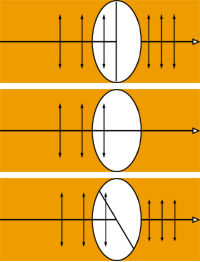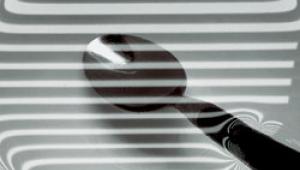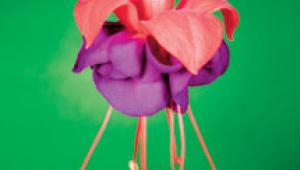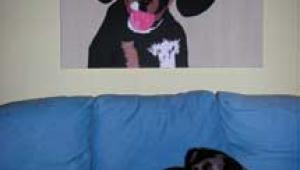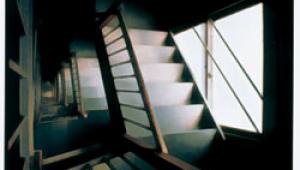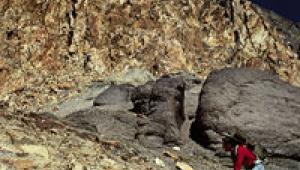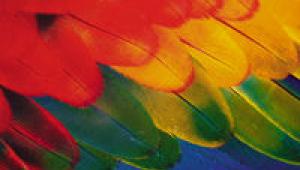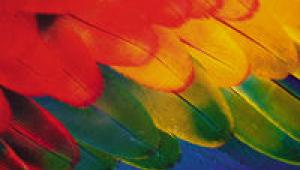Photo Filters Page 5
| Star Filters Star filters turn point-light sources and specular highlights in a scene into flared stars with (depending on the filter used) 2-16 points, the 4-, 6- and 8-point filters being the most popular varieties. Star filters require no exposure compensation, but with some the effect changes at different apertures, so it's a good idea to use your camera's depth-of-field preview to check the effect at the aperture you intend to use. A cautionary note: many star filters also reduce image sharpness. Fog Filters Some fog filters are graduated (similar to the graduated ND filters mentioned earlier) from a heavy fog effect in the top portion to clear in the bottom. Thus nearby areas of the scene (exposed through the clear bottom portion of the filter) will show little fogging, while more-distant portions of the scene (exposed through the foggier top portion of the filter) will show more fogging. This creates a picture that has a more realistic fog effect. Diffusion Filters Some diffusion filters really reduce contrast; these are best used with strong, contrasty light (unless flat, gray images are what you want). And some cheaper diffusion filters just reduce overall image sharpness. With some diffusion filters, the effect tends to disappear at small apertures, so use your depth-of-field preview to see what effect you'll get at a given aperture. Note: On-camera diffusion produces a different effect than diffusion used when printing the negative. If you use a diffuser under the enlarger lens, it will spread the bright areas of the negative into the dark areas, resulting in a print in which the dark areas spread into the light ones—an unnatural looking effect. Certain diffusers, like Tiffen's Soft/FX filters, soften fine details like wrinkles and blemishes, while retaining an overall sharp appearance—ideal for use in portrait photography. Fine-mesh net filters (ladies' stockings can be used in a pinch) produce a pleasing diffusion effect for portraits—finer mesh produces a stronger diffusion effect than coarser mesh, and black mesh produces greater contrast than light-colored mesh. Multi-Image Filters Popular multi-image filter varieties include those that surround an almost-sharp central image with three, five or more unsharp surrounding images, and the linear type that produces a parallel series of secondary images next to the main image. Diffraction Filters |
- Log in or register to post comments



